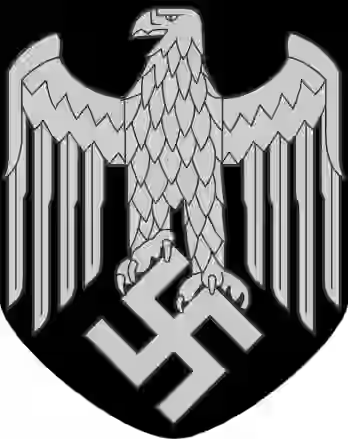Grenadier
Meaning: Infantryman / Private
The Grenadier was an enlisted rank in the German Wehrmacht during World War II, introduced in 1942 to replace the earlier term Schütze (rifleman). The change aimed to evoke the historical prestige of Prussian grenadier units, boosting morale among infantry troops as the war intensified. The rank was primarily used for soldiers in infantry and Panzergrenadier divisions, reflecting the Wehrmacht’s focus on ground combat forces.
In the Wehrmacht’s rank hierarchy, Grenadier was the lowest enlisted rank, equivalent to a private in modern militaries. Positioned below Obergefreiter and above conscripts in training, Grenadiers served as the backbone of infantry units, performing essential frontline duties such as combat operations, trench defense, and patrol tasks. They operated under the direct supervision of non-commissioned officers like Unteroffizier.
The insignia for a Grenadier consisted of plain shoulder boards without pips or chevrons, typically in field gray with branch-specific piping (e.g., white for infantry). These boards, worn on both shoulders, often displayed the soldier’s unit number or branch emblem. Collector note: Authentic Grenadier shoulder boards are valued for their simplicity and widespread use, making them accessible yet significant pieces in WWII militaria collections.
Notable fact: The term Grenadier was a deliberate nod to 18th-century elite soldiers, though WWII Grenadiers were standard infantrymen. Unlike the Waffen-SS, which had its own distinct ranks, the Wehrmacht’s use of Grenadier was purely symbolic. For militaria collectors, original Grenadier insignia are prized for their historical context and connection to the Wehrmacht’s infantry legacy, often appearing in auctions alongside other WWII German military artifacts.
